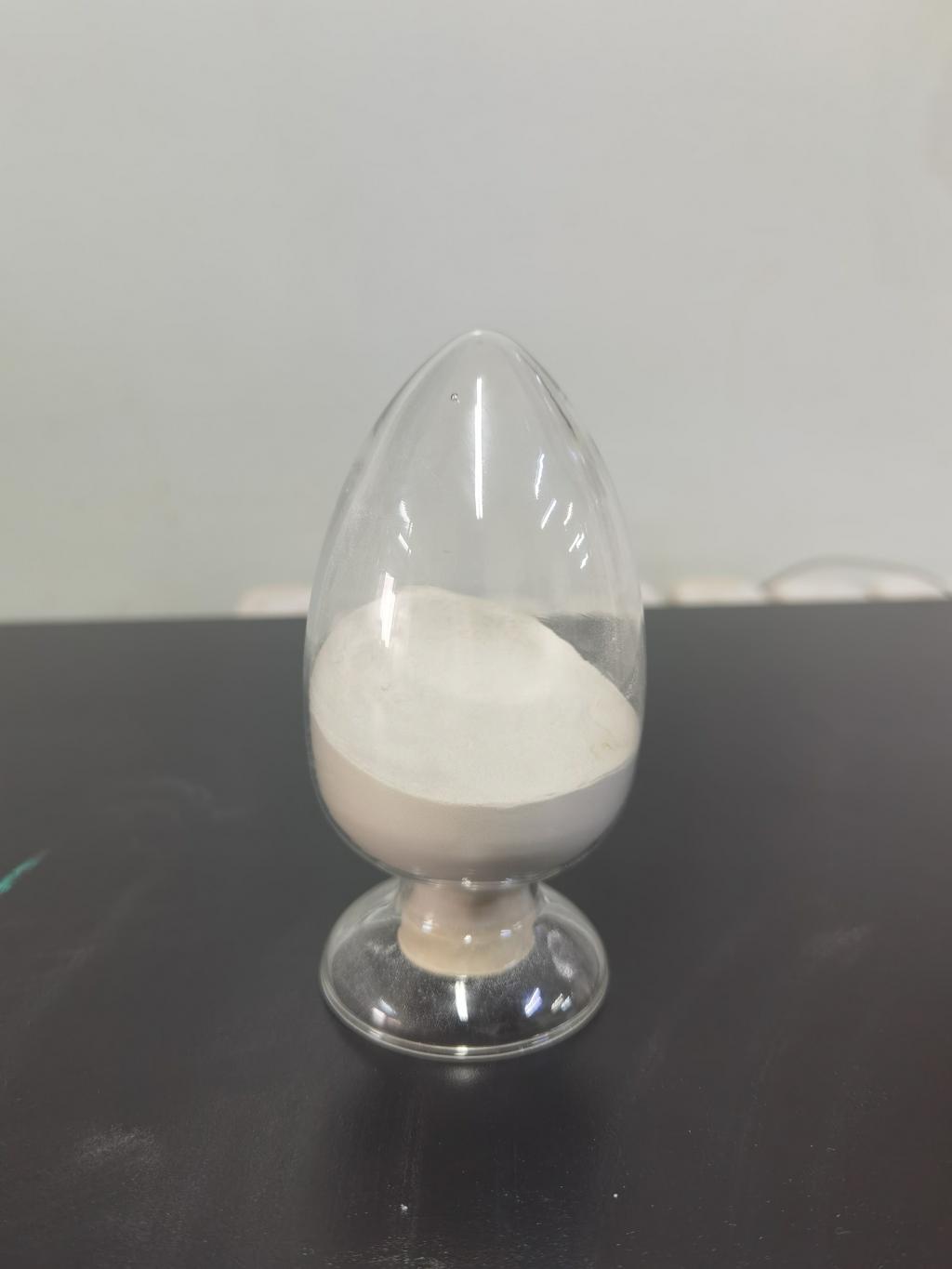Tel:+8618231198596

News
 CONTACT
CONTACT
 CONTACT
CONTACT
- Linkman:Linda Yao
- Tel: +8618231198596
- Email:linda.yao@dcpharma.cn
- Linkman:CHARLES.WANG
- Department:Overseas
- Tel: 0086 0311-85537378 0086 0311-85539701
News
Current Position:
Home >
News
>Nisin's applications in the control of biofilm formation in medical devices.
Nisin's applications in the control of biofilm formation in medical devices.
TIME:2024-05-28
Understanding Biofilms
Biofilms are complex microbial communities that adhere to surfaces and are encased within a self-produced extracellular matrix. They provide protection to bacteria from environmental stresses, antimicrobial agents, and the host immune system. Biofilm-associated infections are notoriously difficult to treat and are associated with increased morbidity and mortality rates.
Role of Nisin in Biofilm Control
Disruption of Biofilm Matrix: Nisin's antimicrobial activity extends to biofilm-forming bacteria, where it disrupts the extracellular matrix and inhibits biofilm formation.
Inhibition of Quorum Sensing: Nisin interferes with bacterial communication systems, such as quorum sensing, which regulates biofilm formation and virulence factor production.
Direct Killing of Biofilm-Embedded Bacteria: Nisin penetrates biofilm structures and kills bacteria within the biofilm matrix, making it an effective agent for biofilm eradication.
Applications in Medical Devices
Coating Technology: Nisin can be incorporated into coatings applied to medical device surfaces to prevent biofilm formation. These coatings release nisin gradually, providing sustained antimicrobial activity.
Incorporation into Polymers: Nisin can be encapsulated within biocompatible polymers used in medical device manufacturing. This allows for controlled release of nisin over time, inhibiting bacterial colonization and biofilm formation.
Surface Treatment: Medical devices can be treated with nisin-containing solutions or sprays to disinfect surfaces and prevent biofilm formation prior to use.
Advantages of Nisin in Biofilm Control
Broad-Spectrum Activity: Nisin exhibits antimicrobial activity against a wide range of bacteria, including common biofilm-forming pathogens such as Staphylococcus aureus and Pseudomonas aeruginosa.
Safety Profile: Nisin has been extensively studied and is generally recognized as safe for use in food and medical applications.
Resistance Prevention: Due to its unique mechanism of action, nisin has a low likelihood of inducing bacterial resistance, making it a sustainable option for long-term biofilm control.
Biodegradability: Nisin is biodegradable and environmentally friendly, aligning with sustainability initiatives in healthcare.
Challenges and Considerations
Optimization of Formulations: The development of nisin-based formulations for medical device applications requires optimization of concentration, release kinetics, and stability.
Regulatory Considerations: Compliance with regulatory guidelines and standards governing the use of antimicrobial agents in medical devices is essential.
Biocompatibility: Ensuring the biocompatibility of nisin-containing coatings or materials with human tissues is critical to preventing adverse reactions.
Future Perspectives
Further research is needed to explore the full potential of nisin in biofilm control and optimize its applications in medical devices. Collaboration between researchers, clinicians, and industry partners is essential to advance nisin-based technologies and translate them into clinical practice. Additionally, continued surveillance of biofilm-related infections and their management strategies will inform the development of targeted interventions.
Conclusion
Nisin holds great promise as a natural and effective agent for controlling biofilm formation on medical devices. Its broad-spectrum antimicrobial activity, safety profile, and potential for sustained release make it an attractive option for enhancing infection control measures in healthcare settings. By harnessing the unique properties of nisin and addressing associated challenges, healthcare providers can mitigate the risk of device-related infections and improve patient outcomes.
- Tel:+8618231198596
- Whatsapp:18231198596
- Chat With Skype







